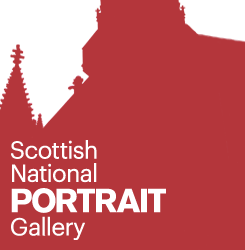 The centenary of the Battle of Jutland, the most important naval battle of World War One, will be commemorated over the next few days. Major events will take place in Orkney and on the Firth of Forth, near to the major bases for the British fleets of 1916 around Scapa Flow and Rosyth. For events in Orkney, go to the VisitOrkney website.
The centenary of the Battle of Jutland, the most important naval battle of World War One, will be commemorated over the next few days. Major events will take place in Orkney and on the Firth of Forth, near to the major bases for the British fleets of 1916 around Scapa Flow and Rosyth. For events in Orkney, go to the VisitOrkney website.
On the Forth, an exciting addition to local events will be Scotland’s Dazzle Ship – a vessel repainted to the design of artist Ciara Phillips, as part of the 14-18 Now cultural programme.
A Daily Telegraph article give some background to the battle. BBC produced a timeline of the battle, and also an iWonder resource “Did anyone win the Battle of Jutland“, that probes the issue of which side in the conflict gained most from the fight.
In the lead up to these events there has been a lot of media coverage online, often focused on the personal stories of individual servicemen and sailors. Examples: the letters of a teenage sailor; another Scottish sailor who had a premonition of death; and a BBC piece about boy sailor Jack Cornwell who won the Victoria Cross for his bravery during the fighting.
Several TV channels ran special documentary programmes about this clash of two great navies, its impact and importance. BBC 2 broadcast “Battle of Jutland: the Navy’s bloodiest day“, which is available to watch on the iPlayer catch-up service for one month.
In Invergordon, where many dead sailors were buried after the battle, a ceremony of remembrance has already been held at a local war memorial.
Special exhibitions are also attracting public interest. For example, ‘The Forth at War’ at the Scottish Fisheries Museum in Anstruther, Fife.
The image of HMS New Zealand, one of the ships involved in the battle and built on the Clyde, was kindly provided by Fairfield Heritage. The heritage centre at this Govan shipyard actively promotes the role of shipbuilding as a war industry, and works with local schools.




